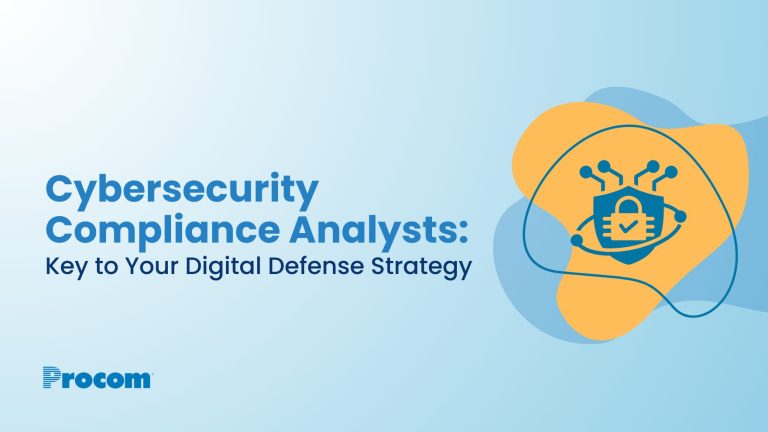The two biggest benefits to using contingent workers over core employees are flexibility and cost savings. Contingent workers are outsourced, non-permanent workers who are commonly referred to as Independent Contractors, contract workers, freelancers, gig workers, consultants, temporary talent or remote workers.
Contingent workers are not core employees and are not managed by a traditional employment model.
A contingent worker can work on site or remotely; however, when the their contract is at an end or the project for which the contingent worker was hired for is complete, the employer has no responsibility to provide continuous work to that worker on a permanent basis. As contingent workers are not core employees, they are only engaged by an employer on a short-term, long term or on a project-by-project basis.
Before gaining insights into the advantages and disadvantages of engaging contingent workers, it’s important to understand the difference between a contingent worker and a core (or full-time) employee.
Contingent workers vs core employees
“Are contingent workers employees?”
It’s a common question many professionals are finding themselves asking as they consider alternative employment models that will help achieve cost savings and flexibility in today’s workforce.
However, contingent workers are not core employees.
Unlike a traditional employer relationship, contingent workers operate as their own businesses and do not work directly for the organization that engaged them to perform the work.
However, depending on the method in which the worker is engaged to perform the work – whether directly sourced through the company itself or by way of a third party, there exists separate obligations to workers when it comes to payroll.
What are the advantages and disadvantages of using contingent workers over core employees?
The two biggest benefits to using contingent workers over core employees are flexibility and cost savings. However, there are additional motivators for why strategic organizations are including contingent workers as part of their workforces over core employees.
One of the most significant motivators for employers to engage a contingent workforce over core employees is saving on costs. Employers aren’t required to pay Independent contractors for breaks or non-productive labor. These workers also aren’t entitled to the same types of benefits afforded core employees, such as health insurance, holiday pay, sick leave or vacation days. Engaging Independent Contractors over core employees for a project means employers only pay them for as long as they need them.
Contingent workers and the contingent workforce is on the rise!
Competitive organizations today rely on many types of workers other than core employees to meet their business objectives – from contingent workers to SOW consultants to freelancers and more. n fact, as a result of the COVID-19 pandemic, a recent study conducted by Gartner revealed that 32 per cent of organizations are replacing core employees with contingent workers as a cost-saving measure.
If your organization is considering engaging contingent workers, below is a list of advantages that come with temporary talent:
Increase in flexibility and ability to adapt to market
In today’s world, organizations must be agile in order to respond to ever-changing and uncertain circumstances. Contingent workers, and the nature of their short-term agreements, are an ideal fit, as a contingent worker doesn’t come with ties of a long-term contract like employees do.
A contingent workforce can be engaged on-demand. If there is a sudden surge in demand for services or the need for a specialized skill arises, a contingent worker can be engaged until the project is finished or the contract is at an end. Employees aren’t as flexible once a contract has been signed.
Larger talent pool
By engaging contingent workers, employers have access to a larger pool of Independent Contractors where highly skilled workers can be sourced. Typically, these knowledge workers come with a very specific skill set that can’t be found in-house. Often times, employees may not have the skills required for a project, and employers must source those skills only until the project is completed.
Bridging skills gaps
A contingent workforce is typically made up of highly talented workers with a specific skill set. Engaging these types of workers is a strategic way to fill skills gaps within the organization.
A contingent workforce also provides employers with the opportunity to source the skills and experience they need that they cannot find in their employees.
Non-employees offer fresh perspectives
Often times, Independent Contractors will offer a fresh perspective when engaged by an organization. Key decision makers, or even employees, can sometimes be too close to day-to-day operations, making it tough to find new paths towards discovery and innovation. A Subject Matter Expert with experience in the industry but no ties to the organization may offer a fresh perspective that can help shape an organization’s strategic direction.
Decrease in time to hire
The hiring process takes an average of 27 working days to fill a new position. If employers only engaged employees, a hiring team must source, screen and then onboard these employees. An experienced contingent worker, however, comes with far less administrative requirements. Contingent talent is also often available at short notice.
What are the disadvantages to engaging contingent workers over core employees?
Although a contingent workforce comes with many inarguable benefits, engaging non-employees also come with a range of financial, brand, legal and tax risks. And keeping up with compliance is essential to avoiding hefty fines, penalties and damages to an organization’s employer brand. Here are the types of risks organizations must be aware of before they engage contingent workers over employees.
Counterparty Risk
Procom defines counterparty risk as: Solvency risk, inherited liability from weak operational controls, and vicarious liability from poor compliance with labor laws. An organization’s overall strategy for its contingent workforce often includes a network of direct and indirect vendors. This can result in second or third-level counterparty risks that are unseen in the traditional relationships employers have with their employees.
Non-compliance
Non-compliance happens when an organization is assessed based on its failure to comply with employment standards obligations. If the organization is deemed to be the employer of record for its contingent worker(s), fines and other penalties can and often do apply.
Specific risks and liability vary based on applicable state and federal legislation, but payroll tax compliance, overtime compliance and liability for termination pay are all issues that require special attention.
Co-employment
Co-employment risk is the term used to refer to situations where two or more organizations exert some level of control over a worker, and are therefore considered to have employer obligations toward that worker. Co-employment risk can often exist when organizations use staff that are provided by third parties.
Risk is an important but tricky issue in contingent workforce programs. Effectively managing contingent program risk requires a collaborative approach between client stakeholders, ranging from procurement, legal, HR and business managers.
Taking steps to mitigate contingent worker risks is essential to compliance
Organizations across the globe are increasingly engaging Independent Contractors over core employees, as part of their growth strategies. But with the advantages come the disadvantages, and these risks must be managed.
Risk is an important but tricky issue in contingent workforce programs. Effectively managing contingent program risk requires a collaborative approach between client stakeholders, ranging from procurement, legal, HR and business managers.
To learn more about contingent worker risk, download our free whitepaper: A Checklist for Contingent Worker Risk.





